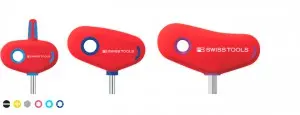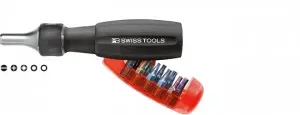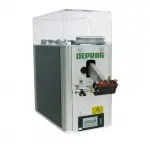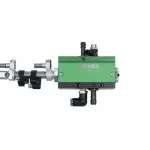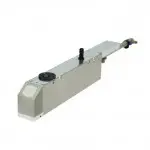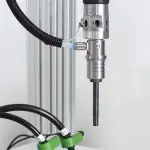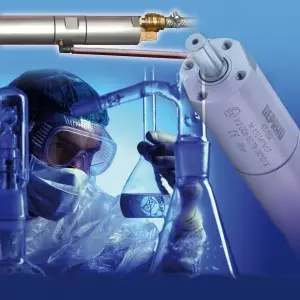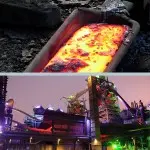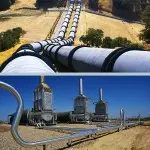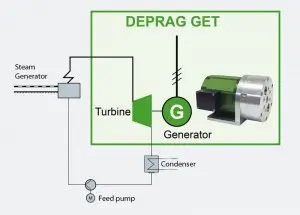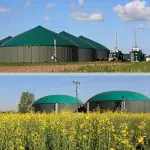What's up with hand tools these days?

It seems more and more big brand manufacturers are getting their tools made in China or India with substandard materials and design but still charging premium prices.
We recently decided to offer the PB Swiss Tools range of hand tools. They offer a no compromise, top-of-the line range of hand tools, 100% made in Switzerland. They use the highest quality steels, they feel fantastic in your hand, look great (professional) and they last a lifetime. We have uploaded a selection of their various screw assembly related hand tools, but the full range also includes striking tools (mallets, punches, chisels etc) as well as special tools like picks, scribes, awls, hose pluckers and titanium tools.
Screwdrivers:
PB Swiss Tools screwdrivers feature the distinctive Swissgrip handles as well as precise, high quality steel drives.
The Swissgrip handle is made of two components. It feels good in your hand, is slip free, resistant to oils and provides grip even if you have wet hands.
Allen Keys: Available in sets or individually.
For every Allen key, the tolerances are guaranteed to be less than a hair width. This perfect dimensional accuracy and the hard and tough special alloying make for precise, durable tools.
Available finishes include:
- High quality chrome plating
- Rainbow finish – colour coded wrenches let you find the right key faster
- Gold plated – for corrosive environments or for that extra touch of class?
- Titanium – totally non magnetic for mining & oil & gas applications
T Handle Wrenches:
Okay so we are biased, but these have to be the best T handle wrenches on the market! They are tough, the handles are ergonomic – soft non slip grip and they look the goods.
Ratchet Drivers:
The ideal tool for fast tightening & loosening of screws featuring the famous Swiss Grip handles. Unlike most other ratchet screwdrivers, these are made to be used every day as you favorite tool, and to outlast your car!


